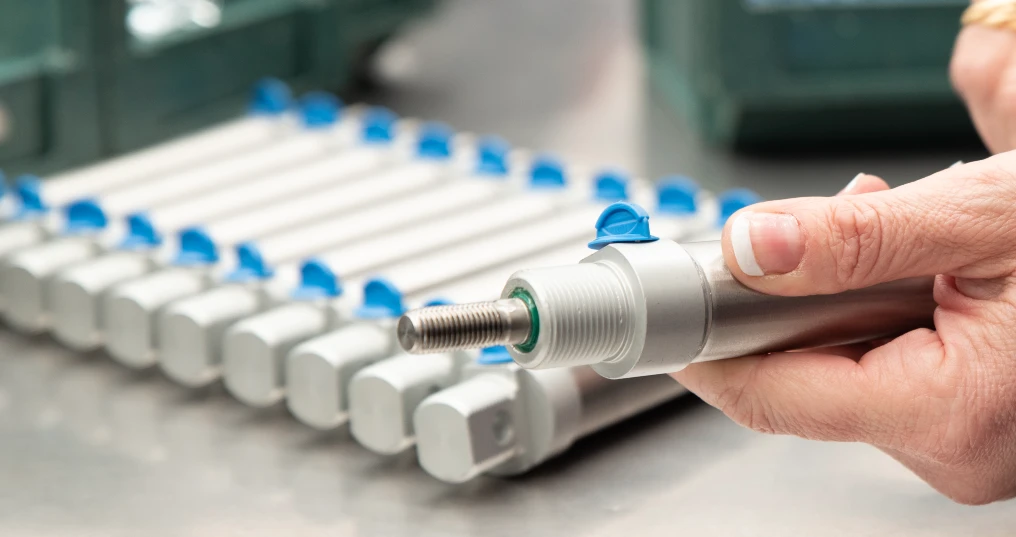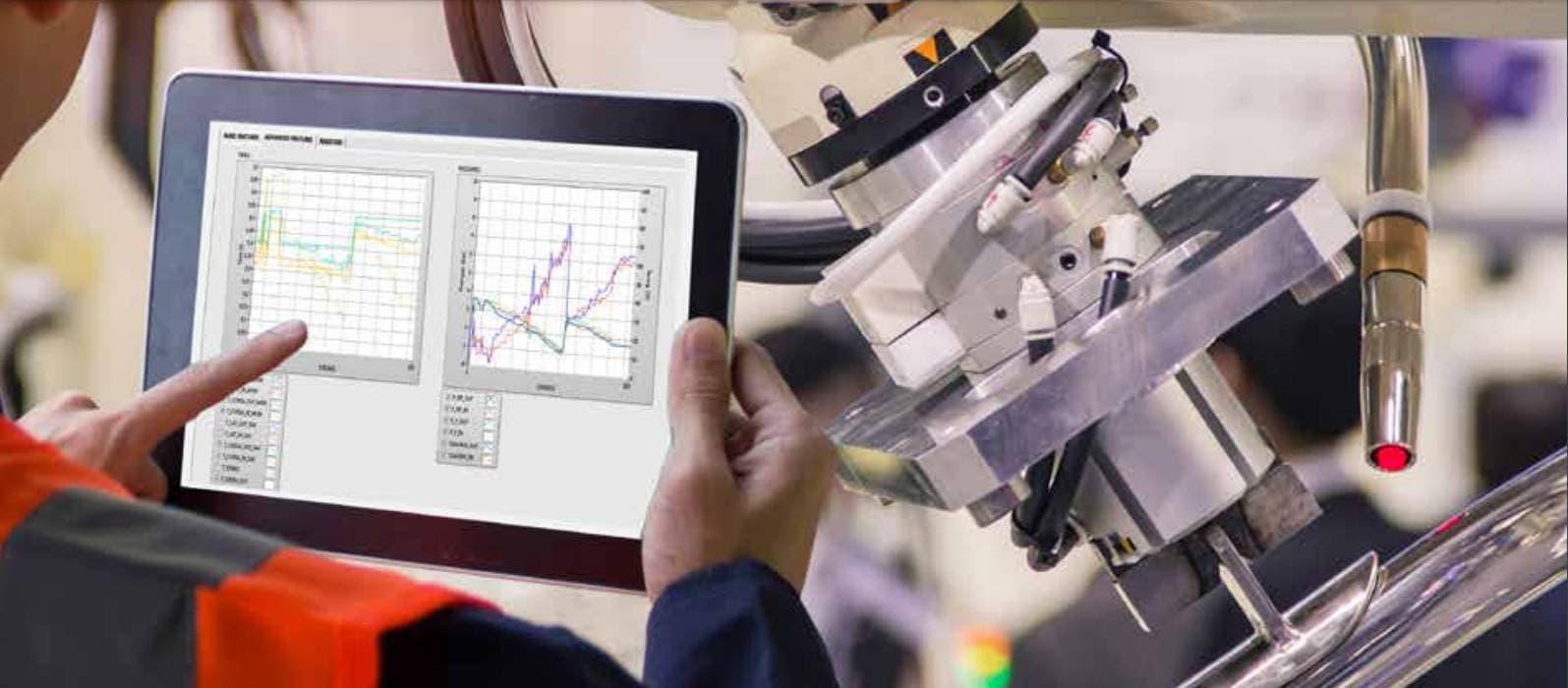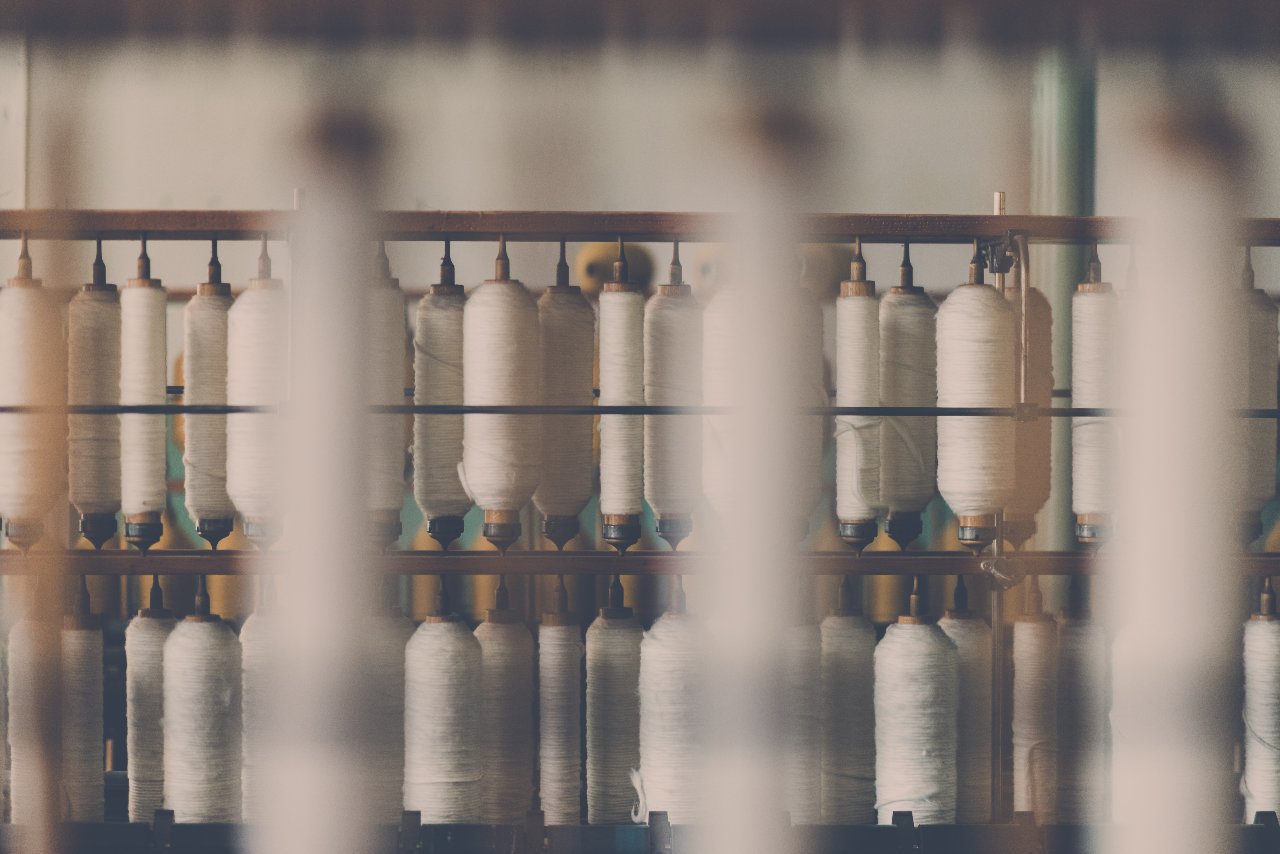We found that in 48% of cases, the machines have slowdowns due to 4 common causes.
Even if you are not a specialized technician, thanks to this article you will have all the information to identify these problems independently.
Pneumatic cylinders are the actuators most appreciated by machinery manufacturers because:
● They are reliable, because they are simple and robust, so only in extremely rare cases they cause production slowdowns or blockages
● They are faster even with limited power
● They are cleaner because they work with compressed air that does not dirty and does not contaminate
● They have competitive costs both for the costs of the single cylinder and for the costs of the plant
Over time they have evolved into a wide range of both standard and special dimensions, functions and designs. This versatility has made it possible to adapt them to the most disparate applications, but has often led to fatal errors of use.
Many manufacturers, in fact, design machines that do not take into due consideration some basic rules, which are essential for the correct functioning of the cylinders.
Here’s how to prevent system problems related to the pneumatic cylinder
It seems easy but it is not: a pneumatic cylinder, even in its simplicity, should be used according to precise rules. Depending on work environments and different applications, specific configurations are more or less indicated.
Combining a correct use and a correct choice of cylinder specifications, today, it is possible to obtain remarkable performances both in terms of performance and reliability.
If we combine these advantages with preventive maintenance, today we are able to guarantee our pneumatic cylinders a super functionality.
The 4 conditions that can cause the pneumatic cylinder to fail are:
- Assembly with side loads
Avoid mounting with side loads on the stem, because the cylinders are specifically designed to go “back and forth” as efficiently as possible and not to act as guides. Ideally there should be zero lateral loads on the cylinder.
Remember then that the lateral loads are not only those applied from the outside, also the load generated by the cylinder, based on the configuration of the selected fasteners, can generate radial support reactions to the axis if fastenings without joint are provided.
In these cases it must be verified that the cylinder is perfectly aligned with the movement of the mechanism so that the rod can slide along the entire stroke of the cylinder, without undergoing lateral loads.
Please also note that in the case of cylinders with long or large travel, the weight of the rod is also sufficient to create harmful lateral loads. In these cases you must provide a guide or in any case a support for the stem and/or the masses connected to it.
The main risks of an excessive presence of lateral loads are:
● Excessive consumption or unexpected failure of the gaskets
● Abnormal wear of the guide bushing
● Possible locking of the piston
And that’s not all, because in the worst case scenario, it could completely break the auction. Typically this occurs near the threads.
It is important to keep in mind that a cylinder, correctly aligned during assembly, could become misaligned during use due to normal wear and tear on the machine.
In this regard, the verification of the correct sliding of the cylinder and the connected mechanism must be foreseen in the ordinary maintenance of the machine.
A good rule would be to avoid rigid cylinder fastenings and, as far as possible, replace them with hinges or joints in order to eliminate lateral loads at the source.
2. Insidious contamination
Cylinders may be internally contaminated by supply air or the surrounding environment.
Check that the compressed air supplied by the system is adequately filtered and dehumidified, in case of doubt, an additional filter must be installed upstream of the cylinders.
The types of contamination include solids, water and oil.
Solids:
If something solid enters the cylinder, the “sandpaper” effect immediately takes effect.
When installing the cylinder, make sure that foreign bodies do not enter the cylinder. It is also a good rule to blow the pipes to remove any dust or chippings.
Periodically clean the cylinder. Dirt deposits can promote corrosion.
Water:
We know that water vapor is naturally present in the air and, in compressed air applications, condensation can have deleterious effects.
If it enters the cylinder, it can lead to the formation of rust, dilute the pre-lubrication grease, damage the finish of the barrel and in the event of freezing form incrustations which can quickly damage the gaskets.
Oils:
Another type of contamination could be the oils deriving from the lubrication of the air compressor or synthetic oils, which are generally incompatible with the components of the air line.
3. Insufficient lubrication
A pneumatic cylinder is normally supplied with a pre-lubrication that allows the cylinder to operate indefinitely without the need for further lubrication.
In some cases it is however possible that the prelubrification is not sufficient. In the case of particularly high speeds and frequencies, it may be necessary to use lubricated air, but remember that in this case, it is not possible to interrupt the lubrication since the use of lubricating oils removes the pre-lubrication prepared by the manufacturer.
Periodically check the lubrication of the piston rod. Exposure to dirt, weather or even frequent washing or with solvents and detergents removes the lubricant film prepared by the manufacturer. If necessary, a small amount of lubricant on the rod considerably extends the life of the cylinder.
4. Expect too much out of your cylinder
If you take your cylinder to pressure, load and / or energy limits, you may not make it anymore.
It is advisable not to reach the end positions with violent impacts. If necessary, use cylinders equipped with cushioning and, if possible, use external brakes.
Different solutions are available to solve these mechanical problems. The first suggestion is however to use appropriate fixing accessories.
To sum up:
Knowing what to do, how to do it and when to do it, always referring to the Cy.Pag. Instructions for use and maintenance, will guarantee maximum performance for your cylinder.
Remember that a cylinder that does not work well could break and create major problems for your expensive machinery.
With these tips, I hope I helped you have clearer ideas.
If you still have doubts or if you think that what I wrote is not applicable to your machinery, contact us now and we will give you a completely free consultation for your specific case.





